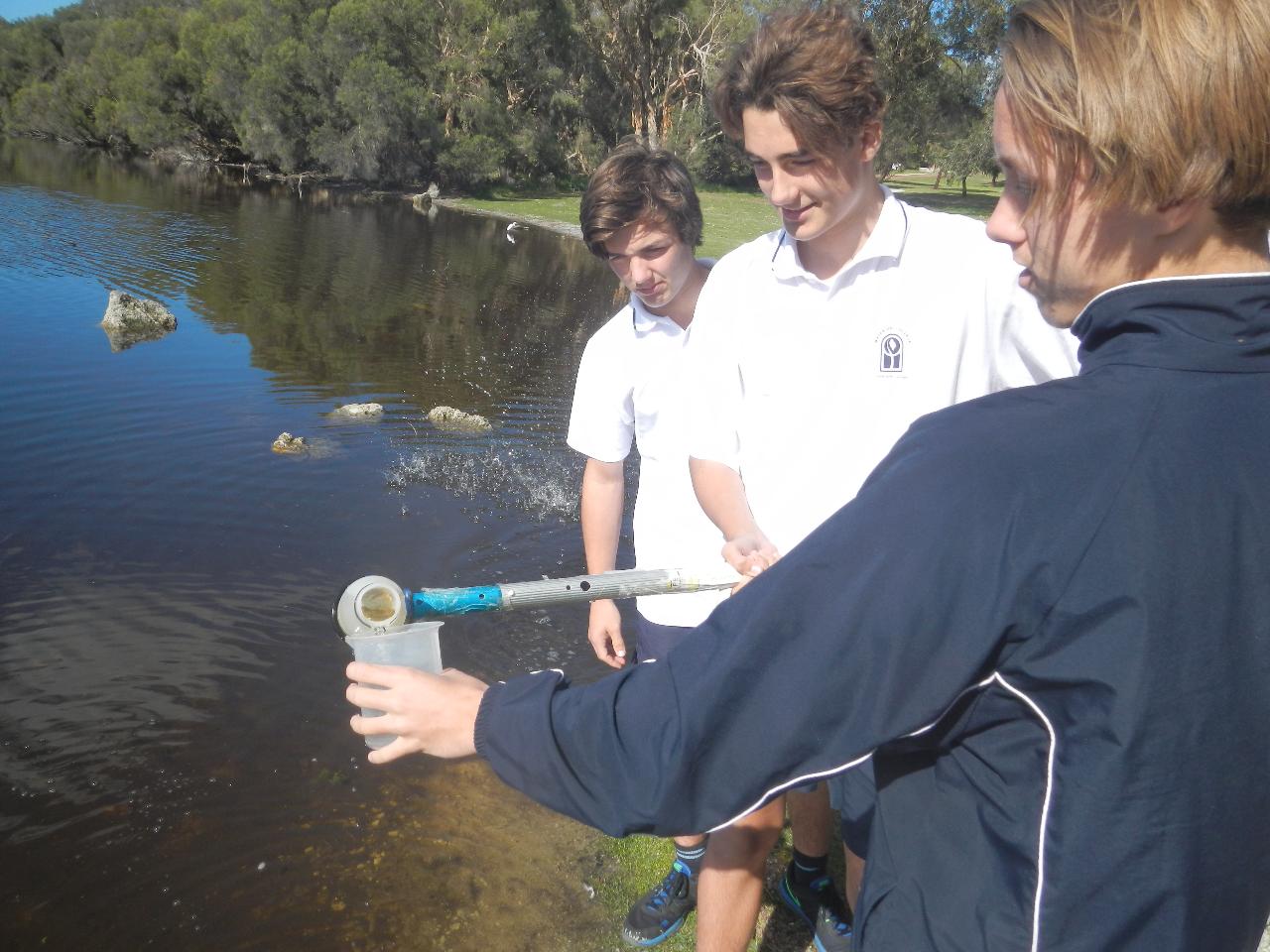River and wetlands ecosystems

- Trvanie: 2 Hodín (cca.)
Years 3 - 12
The rivers and wetlands of the south west have been significantly affected by human–induced change; yet these ecosystems are still an important part of the biodiversity of the region. This excursion enables students to undertake a range of field tasks to assess the living and non-living components of these ecosystems and assess the health of our rivers and wetlands.
Activities will be adapted to suit the year group attending and the location of the excursion.
Core activities (2 hour excursion):
Site survey
The site survey gives students on overview of the ecosystem being studied and is an excellent introduction to the site. Students record observations on a range of ecosystem components such as plant life, animal activity, water appearance, condition of banks, drains and pipes, and human activity and impact. Each component is scored according to students’ perception and an initial indication of the quality of the environment is obtained. This is used to focus students thinking on the questions they will seek to answer from the following field work.
Water quality testing
In small groups students will collect water samples according to standard protocols and conduct water quality tests using field equipment. Parameters measured include: temperature, pH, Electrical Conductivity (salinity), Turbidity (clarity) and the nutrients Phosphate and Nitrate. Students’ results will be compared to Australian guidelines to assess the health of the waterbody.
Macroinvertebrate sampling
Wetland invertebrates can give an indication of the health of the ecosystem through their species diversity and abundance and through the presence / absence of sensitive species. Students sort and analyse a sample to classify and record the organisms. This can lead to a discussion of feeding relationships and the food web of the wetland.
Additional activities for senior students (4 hour excursion)
Map interpretation and field sketchA topographic map or aerial photograph of the site is used for students to label features on the ground. They then complete a field sketch of the site with notes on the various components (such as land use) to summarise information about the site.
Bird identification
Our rivers and wetlands are home to a very diverse array of bird species of all shapes and sizes. Students use binoculars to observe and identify what birds are present at your site; they then consider their role in the aquatic ecosystem.
Human Impacts
Human impacts can be positive or negative. Students observe what impacts humans have had on this site and consider their consequences for the ecosystem. We look at how positive impacts can be enhanced to ensure the site is cared for into the future.
Management Strategies
A walk around the site to look at the various management strategies that are in place and a discussion to consider their effectiveness. Students also consider what else may be needed in future for the sustainability of this ecosystem.
COST:
- 2 hour excursion $14.00 per student (minimum student numbers apply)
- 4 hour excursion $17.50 per student (minimum student numbers apply)
Venues:
- Wellington Discovery Forest, near Bunbury
- RAC Margaret River Nature Park
- Ludlow Tuart Forest (Wonnerup wetlands)
- Big Swamp, Bunbury
- Mangrove Cove, Bunbury
- Other suitable locations near your school
Please note:
- Maximum students per group is 30. Multiple groups can be accommodated.
- Our booking officer will get back to you via email to confirm your excursion within 7 working days.
